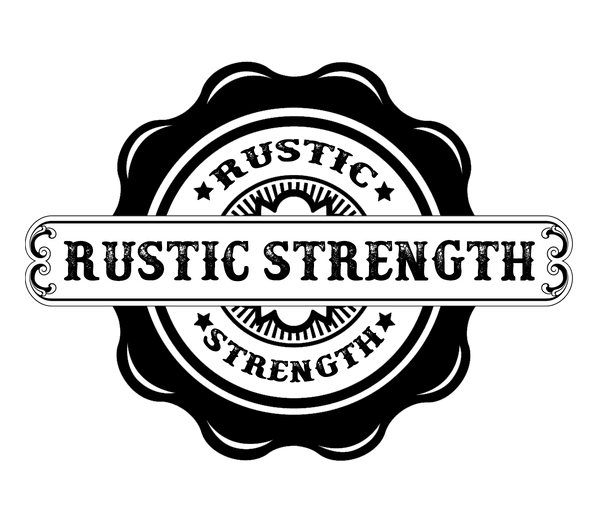As we go about our daily routines, we often use household cleaners without giving them much thought. However, what many of us may not realize is that these cleaners can contain harmful ingredients that can negatively impact our health.
Many people will never know what is going into their cleaners because manufacturers are not required to list all ingredients on household products. This is why you should take caution and become aware of what these chemicals are, how they can harm you, and how to avoid them. By taking a closer look and becoming more mindful of what we bring into our homes, we can begin a journey towards eliminating potential health hazards from our lives and creating a safer and clean living space for ourselves and our loved ones.
How do these ingredients affect me?
There are various health effects caused by harmful ingredients found in everyday products that can pose a threat to both your physical and mental wellbeing.
Your respiratory system can be harmed because these chemicals can cause or trigger asthma. Some cleaners can also chemically burn your lungs during inhalation, and cause overall breathing difficulties.
Endocrine disrupters can cause multiple side effects such as birth defects, lower sperm count, infertility, disruption of your immune, hormonal and nervous system, and can increase the risk of cancer.
Cleaners containing harmful toxins can result in an increased risk of allergic reactions, such as rashes, sinus irritation, swelling, and hives.
These products can also cause harm to your eyes, skin, and organs through direct contact and consumption. This is especially worrisome for children as cleaners may get into their mouthes through contact with their hands and feet.
What chemicals should I avoid?
There are three main health concerns associated with harmful household cleaners: Carcinogens, Allergens, and Endocrine Disruptors.
Carcinogens are cancer causing substances. They consist of things such as Ethoxylated Alcohols, Nonylphenol ethoxylate, Ethanolamine (DEA, MEA, TEA), Optical brighteners, SLES, VOC’s, and Formaldehyde.
Allergens can cause allergic reactions. Some examples are Cocamidopropyl Betaine, SLS, Phosphates, Artificial Dyes, Preservatives, Chlorine Bleach, and Parabens.
Endocrine Disruptors are substances that can disturb your hormones, nervous system, and immune system. Common endocrine disruptors are Sodium Borate, Optical Brighteners, Parabens, Phthalates, and VOC’s.

How do I avoid these ingredients?
To avoid toxic ingredients in household cleaning products, it is important to familiarize yourself with common ingredients to watch out for (see blog). A few easy ingredients to look out for are things such as:
Ethoxylated ingredients: the process of ethoxylation can leave behind traces of carcinogens (which we covered earlier as potential cancer-causers!).
Fragrance oils: Phthalates are often in fragrance oils, so be on the lookout for words like "fragrance" or "perfume/parfum." Phthalates can also be found in plastic and vinyl products. Unless the product is labeled "phthalate-free", research the manufacturer for more information on their ingredients.
Preservatives: Preservatives are needed in products to keep out harmful contaminations. However, some preservatives used in cleaning products can be endocrine disruptors and/or allergens.
Artificial dyes and brighteners: Look for any words that indicate a color, such as "colorant," "dye," "pigment," "tint," or "brightener." Some products also include a small disclaimer, stating that the product contains artificial colors. Certain dyes are represented by their scientific name, such as FD&C Red No. 40 or FD&C Blue No. 1. Many dyes are carcinogens and endocrine disruptors, which means they can cause cancer and hormonal problems.
Lastly, chlorine bleach is commonly used as a disinfectant or for antibacterial products, so check for words like "bleach" or "chlorine" on the label.
You can also research resources from organizations for more a comprehensive list of common toxic ingredients found in household cleaners.
To be as safe as possible, find products from companies with a mission to be non-toxic and sustainable. Then look at their ingredients.
Note: Not all companies that use "natural" on their label use safe ingredients, as natural is not a regulated term.
Our brand, Rustic Strength, has many non-toxic and sustainable options for general household cleaning. From our versatile Lots of Purpose Spray Cleaner to powder Un-Bleach, we have a product with clean ingredients for most any mess!

manufacturers are not required to list all ingredients on household products, various health effects - https://wspehsu.ucsf.edu/wp-content/uploads/2015/10/FactSheet_SaferProdHome.pdf
Endocrine Disruptors - https://www.epa.gov/endocrine-disruption/overview-endocrine-disruption
Process of ethoxylation - https://www.safecosmetics.org/chemicals/ethoxylated-ingredients/#:~:text=Ethoxylated%20ingredients%20on%20their%20own,behind%20trace%20amounts%20of%20carcinogens.
https://www.epa.gov/chemicals-under-tsca
https://www.eea.europa.eu/en/topics/in-depth/chemicals
Many dyes are carcinogens and endocrine disruptors, which means they can cause cancer and hormonal problems - https://meltlaundry.com/blogs/news/what-dyes-in-laundry-detergent-really-do-and-why-you-should-avoid-them#:~:text=They%20are%20not%20readily%20biodegradable,cause%20cancer%20and%20hormonal%20problems.
natural is not a regulated term - https://www.cosmeticsbusiness.com/news/article_page/How_is_natural_regulated_in_the_US/165850

